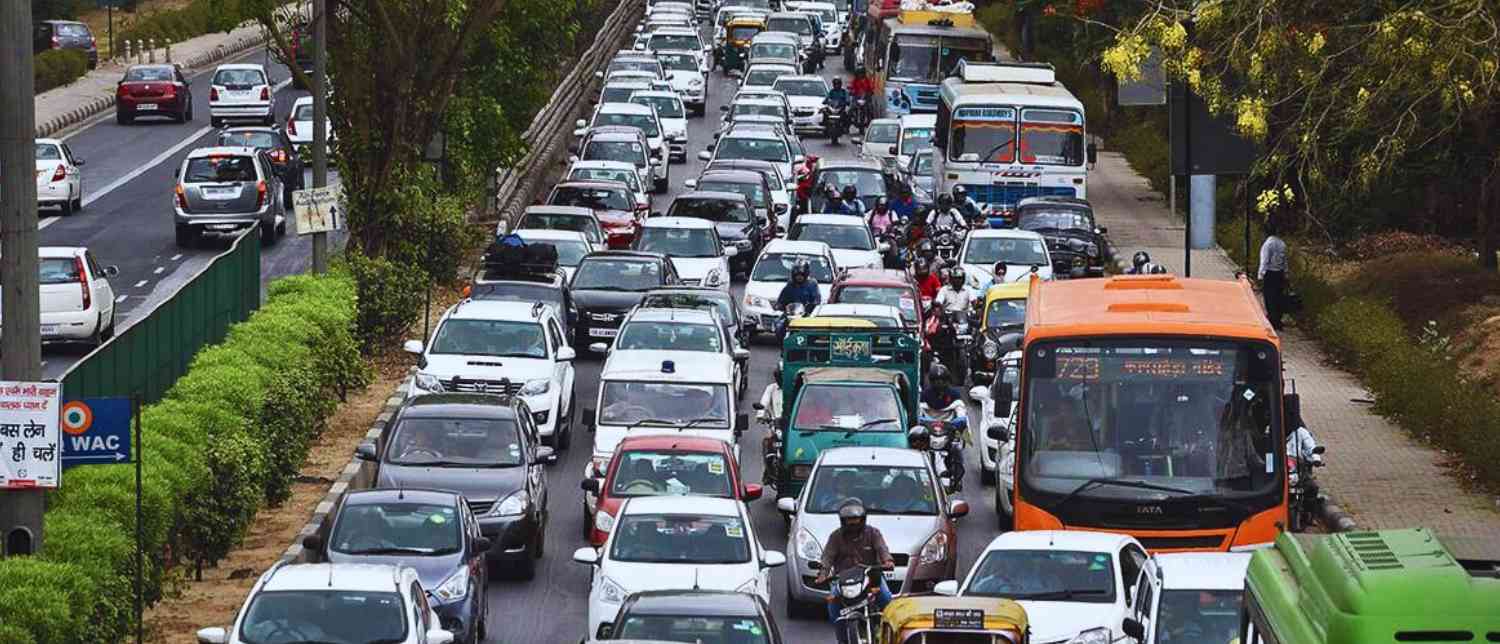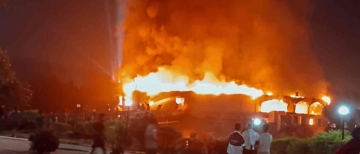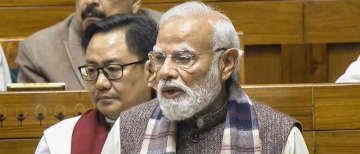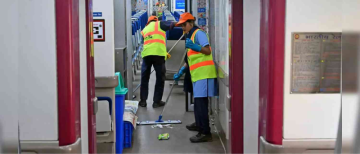It was supposed to be an ordinary weekend journey for thousands of commuters driving between Delhi and Kolkata. But what unfolded on the National Highway 19 (NH-19) turned into one of the worst traffic nightmares in recent memory. For three long days, vehicles were stuck in a jam stretching nearly 20 kilometres, forcing travellers to sleep inside their cars and trucks, with food and fuel supplies running dangerously low.
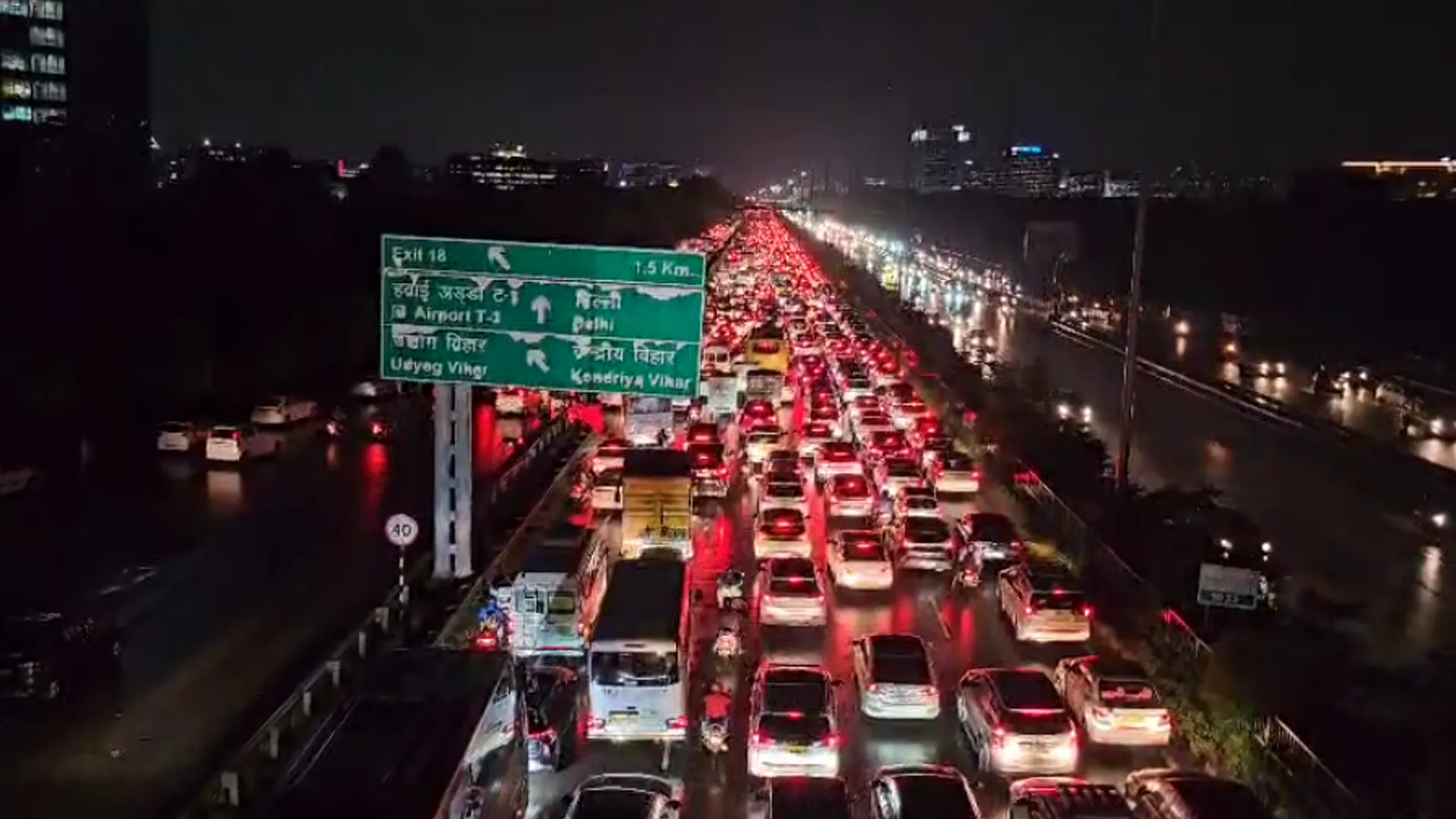
The traffic jam began late on a Friday evening near Aurangabad district in Bihar and quickly extended into Jharkhand as vehicles accumulated from both directions. The initial cause was small — a damaged section of road that had been narrowed due to ongoing repairs. Heavy rainfall worsened the situation, filling potholes with water and making it difficult for heavy vehicles to pass smoothly.
By Saturday morning, a broken-down truck in one lane and an overloaded lorry in another completely blocked movement. Within hours, hundreds of trucks and private vehicles built up behind them, turning one of India’s busiest highways into a parking lot.
Officials say that the primary reason for this jam was poor highway management during ongoing repair work. According to local reports, two lanes were closed for resurfacing, but no proper diversion plan was created to handle the large volume of traffic. Add to that the heavy monsoon rain, which filled potholes and created muddy stretches — making it impossible for vehicles to move quickly.
Local police and highway authorities were called in to clear the mess, but with thousands of vehicles already stuck on both ends, mechanical recovery operations took time. Some drivers reported that even when the police began managing traffic, there were no proper food stalls, medical help, or resting areas for those stranded.
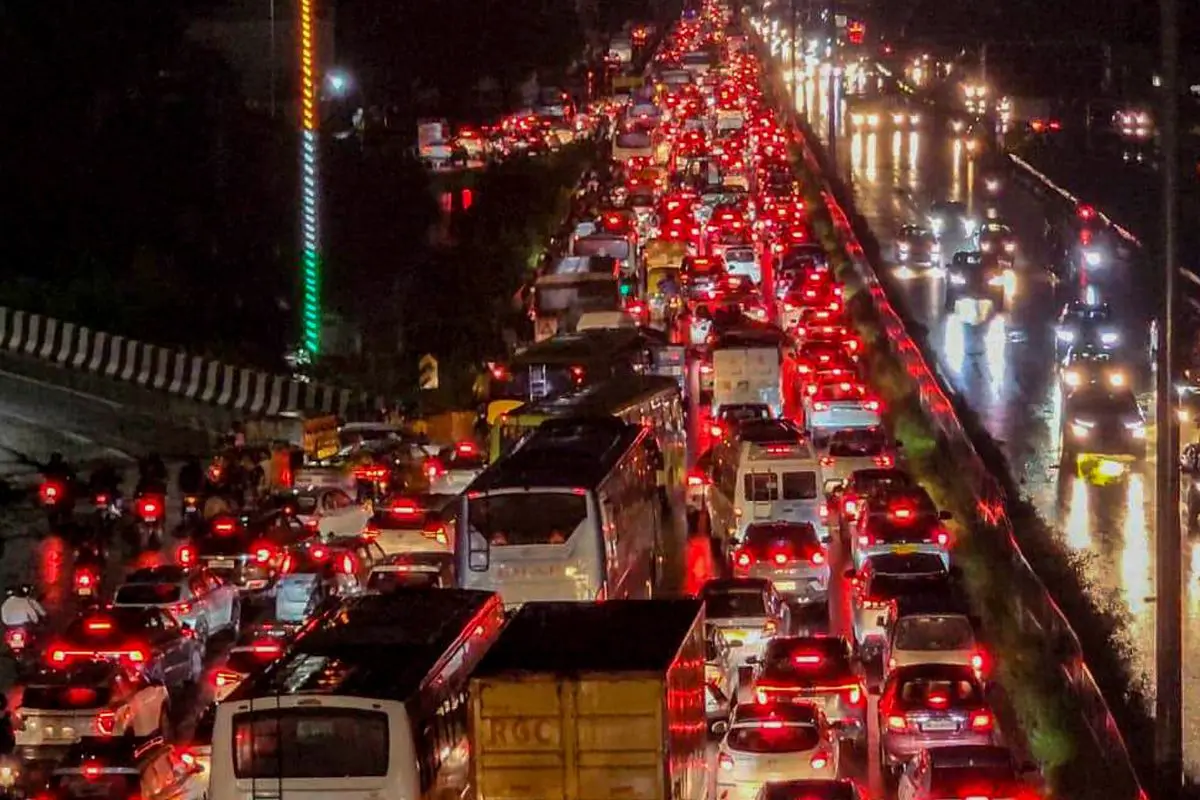
Many travellers took to social media to express their frustration. Families with children said they ran out of drinking water and were forced to rely on local villagers for food. Truck drivers reported losing perishable goods worth lakhs of rupees as shipments were delayed for days.
Ravi Yadav, a truck driver from Kanpur, said, “I was stuck for more than 40 hours. There was no space to even turn the vehicle. Some drivers started cooking on the roadside since we had no idea when we would move again.”
Local villagers did their best to help, supplying food and tea to stranded drivers. However, travellers said that government agencies were slow to respond and lacked coordination across district lines.
By Sunday evening, the National Highways Authority of India (NHAI) finally deployed multiple cranes and towing vehicles to clear the road. By Monday morning, traffic slowly began to move again, although reports said it took several more hours for the full backlog to clear.
Authorities have promised that steps are being taken to prevent such chaos in the future. Measures include improved signage, temporary service lanes during repairs, and the deployment of highway traffic management units that can act quickly during emergencies.
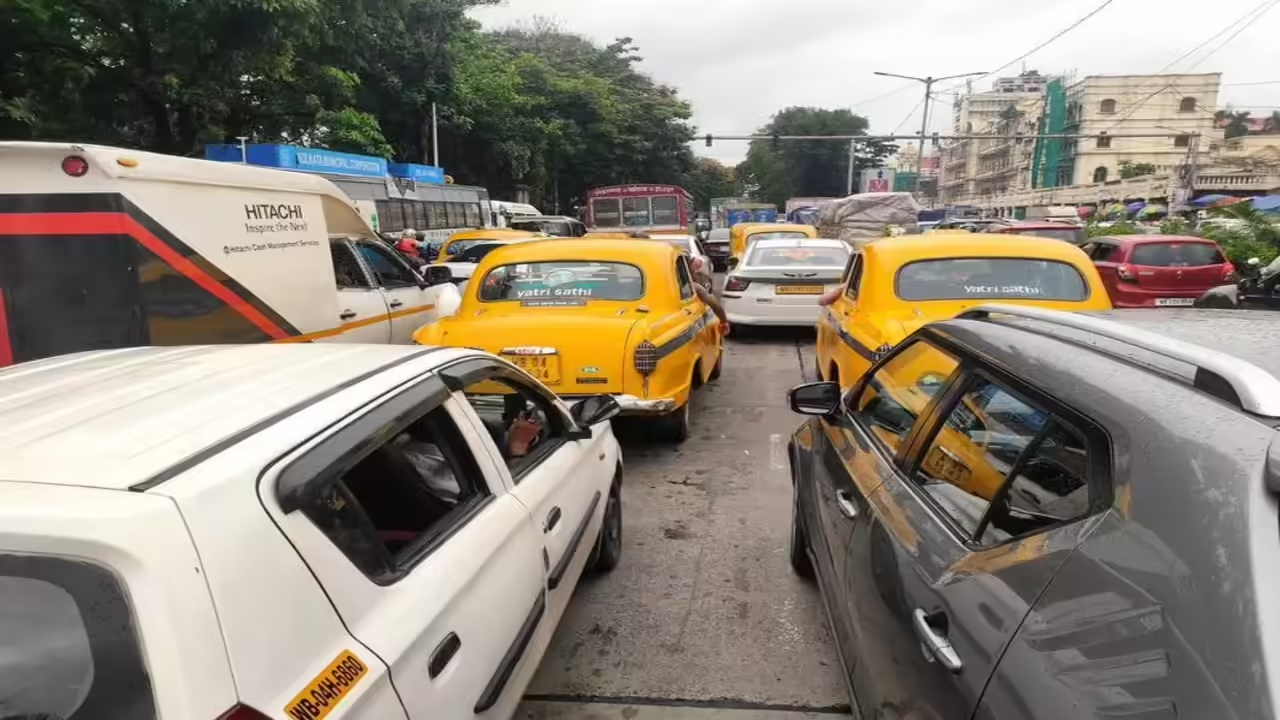
The Delhi–Kolkata highway, stretching across Uttar Pradesh, Bihar, Jharkhand, and West Bengal, is part of the Golden Quadrilateral, India’s flagship network of high-speed roads connecting major cities. It handles thousands of commercial and passenger vehicles daily, playing a crucial role in India’s trade and logistics.
Experts note that while India’s road infrastructure has improved significantly, maintenance and coordination problems remain a major challenge. Many highways lack dedicated traffic response teams or real-time monitoring systems. This means that even a small obstruction — like a stalled truck — can cause hours or even days of disruption.
The incident highlights a larger issue that India faces — rapid growth in vehicle numbers without matching growth in infrastructure management. While construction is often fast, planning for emergencies or diversions seems neglected.
Urban transport expert Anirban Das noted, “India’s highways are improving in terms of surface quality, but the management side is weak. There are few trained responders, and communication systems between police, NHAI, and local administrations need major upgrades.”
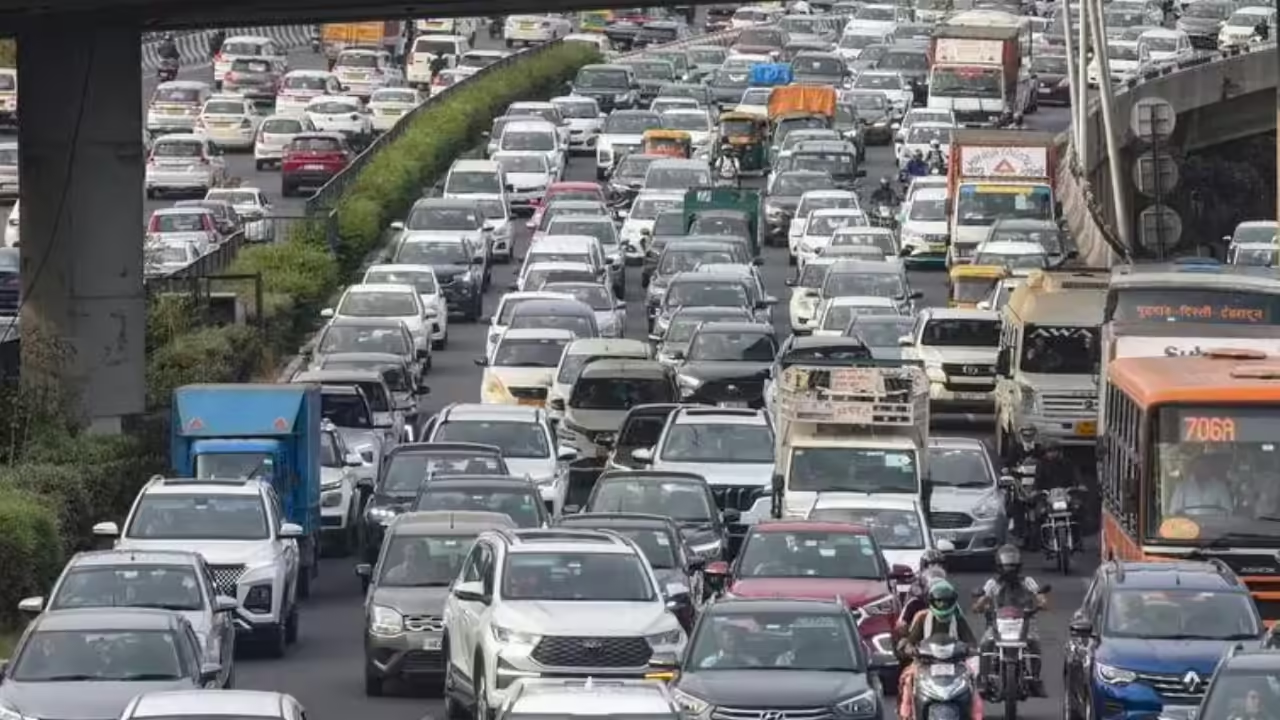
Many travellers also questioned if enough is being done to protect road users from poor planning during repair works. Closing lanes without diversions, ignoring local forecasts for rain, and failing to coordinate between districts turned what could have been a short delay into a three-day crisis.
The incident also reveals something about driver behaviour in India. In many videos from the scene, cars and trucks were seen squeezing into both sides of the road, blocking even emergency lanes. Without patience or proper lane discipline, police struggled to create space for recovery vehicles.
As the highway reopened, social media was filled with both relief and anger — relief that the ordeal was over, but frustration that such jams continue to happen every year on India’s key routes.
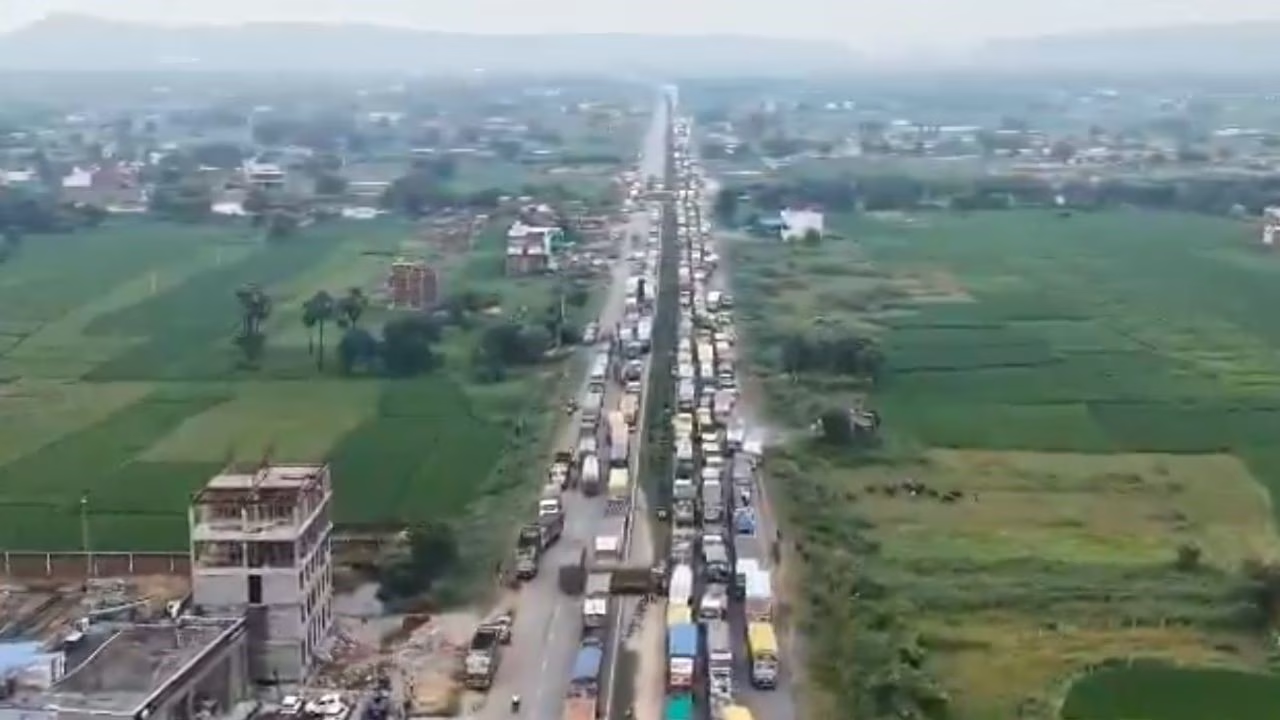
The Delhi–Kolkata highway jam should serve as a wake-up call for authorities. With India investing heavily in expressways and freight corridors, maintenance and traffic management must become national priorities. Better coordination, quicker response units, and public awareness about lane discipline could prevent such incidents from turning into multi-day blockages.
For now, the long line of trucks has finally started to move, but the question remains: how long before another rainy weekend traps thousands again?
With inputs from agencies
Image Source: Multiple agencies
© Copyright 2025. All Rights Reserved. Powered by Vygr Media.

